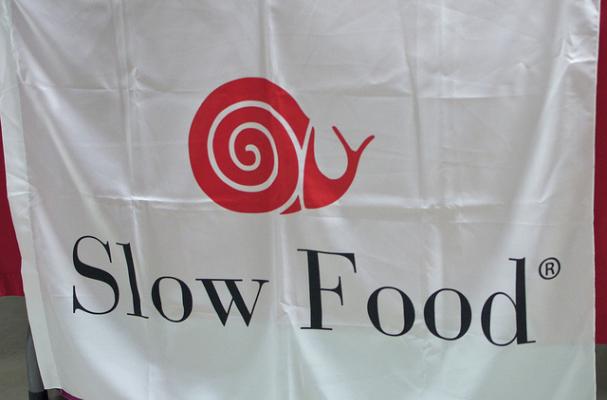
If you're a disciple of the Slow Food movement, you've probably heard rumblings of something going on over at SlowFood.com. As the story unfolds, it brings up plenty of opinion and even more room for contemplating the purpose of the Slow Food movement.
To bring you up to speed, it all started back in August 2011 when SlowFood.com invited everyone to take the $5 Challenge. The idea was to create a meal that cost no more than $5 per person, to prove that slow food shouldn't have to cost more than fast food.
That Challenge may have looked good on paper, but in reality, resulted in dividing its members into those who believe that the Challenge undermined the fair wage for food producers, and those who believed the Challenge would help open more people up to the idea that Slow Food is affordable for everyone.
The division went deep. Prominent leaders in the Slow Food movement were as passionate about their disapproval as they have always been about the importance of the organization itself.
As John Birdsall eloquently states over at Chow, "Once you start competing with industrialized food on the basis of cost, disaffected Slow Food members no doubt would say, you've sort of yielded the fight."
One of the prominent members of the original SlowFood.org, Poppy Tooker, was deeply disturbed by the idea of the $5 Challenge. She has actually left Slow Food and no longer runs the Chapter in New Orleans that she founded. Of the $5 Challenge, Poppy remarked:
"We had spent all these years trying to make sure that the farmers were championed and other food producers were paid a fair wage for what they brought to our tables. The $5 Challenge put a hole in that."
All in all, the challenges have seemed to become louder than the original message. What can be done?
In true Poppy Tooker Style, she has offered up a list of positive changes that might just help Slow Food get back on track:
1. Encourage the Brooklyn staff members to get out of the office into the field far more often, so that they can truly work in service to farmers, farmworkers, fishers, and others in various food communities.
2. Keep up-to-date records of who the current chapter leaders are and carry on real conversations with them (not just email blasts and tweets) to learn of food systems innovations forged in their community that can be adopted elsewhere; help tell their success stories to a wider audience.
3. Revitalize and support the Ark of Taste and re-engage with collaborative biodiversity initiatives such as Renewing America’s Food Traditions to help communities protect, promote and best utilize their food heritage and diversity as a buffer against food insecurity in the face of climatic and economic uncertainty.
4. Refocus food and farmer justice efforts on policy changes at the local and state levels where chapter members can be full participants in fostering positive reforms.
5. Reinstate and activate the disaster relief fund set up after Hurricanes Katrina and Rita to mobilize support for farmers and food insecure families following forthcoming disasters, many of which will likely be related to climate change.
6. Bring both urban and rural farmers, ranchers, fishers and foragers on board and into regional leadership positions to help heal the Urban/Rural Food Divide
7. Adopt the model of collaborative conservation by working as partners with other diverse constituencies, NGO’s and alliances to protect land, water and food diversity for all, developing alliances “across the aisle” while bringing public and private sectors together to meet tangible community food needs.
8. Host “Healing the Food Divide” forums in communities across the country to encourage rural and urban activists to forge stronger bonds to ensure healthy food systems.
9. Use social media network as support for—not replacement of—true grassroots community organizing to re-localize food systems by 25% by 2020.
10. Re-affirm and re-align itself with the core vision, mission, message and activities of Slow Food International and the other 149 country members.
No matter where you stand, what do you think of this issue and these ideas? Share your thoughts in the comments below.
Image Sources:










